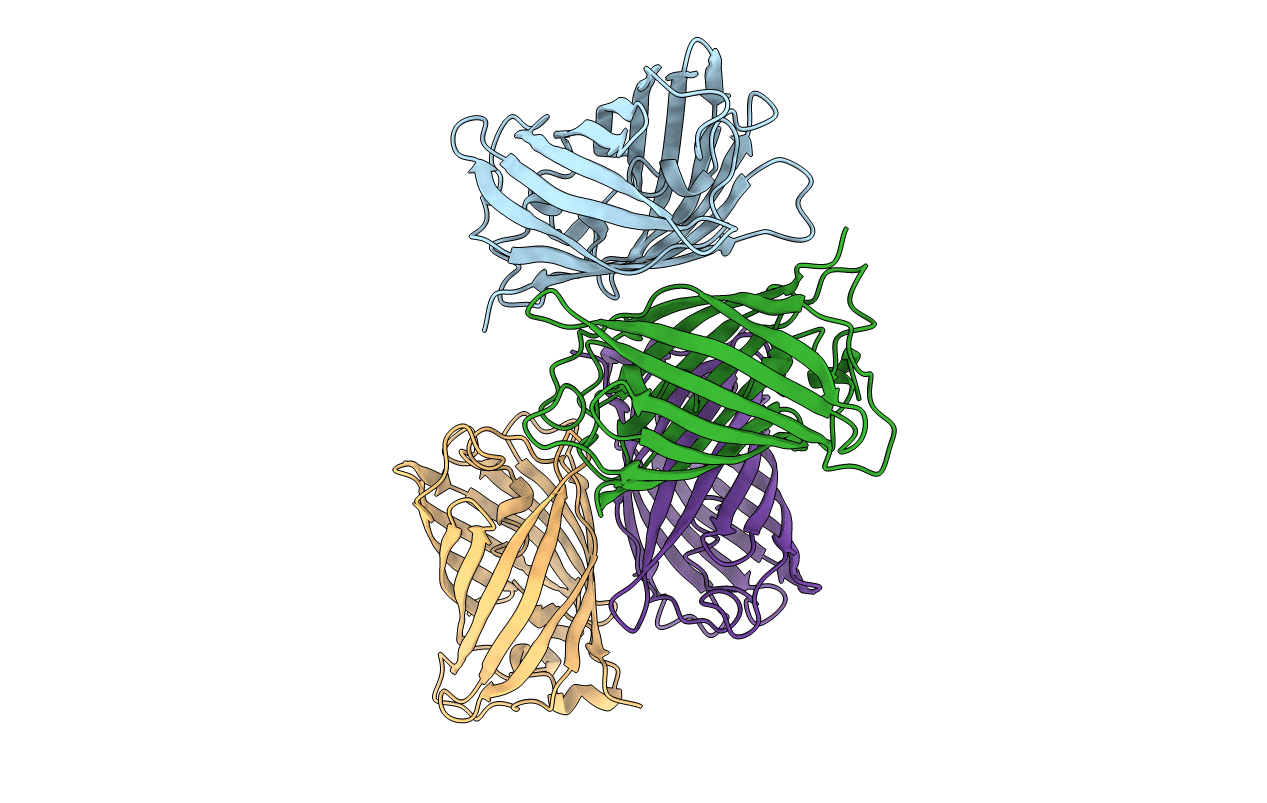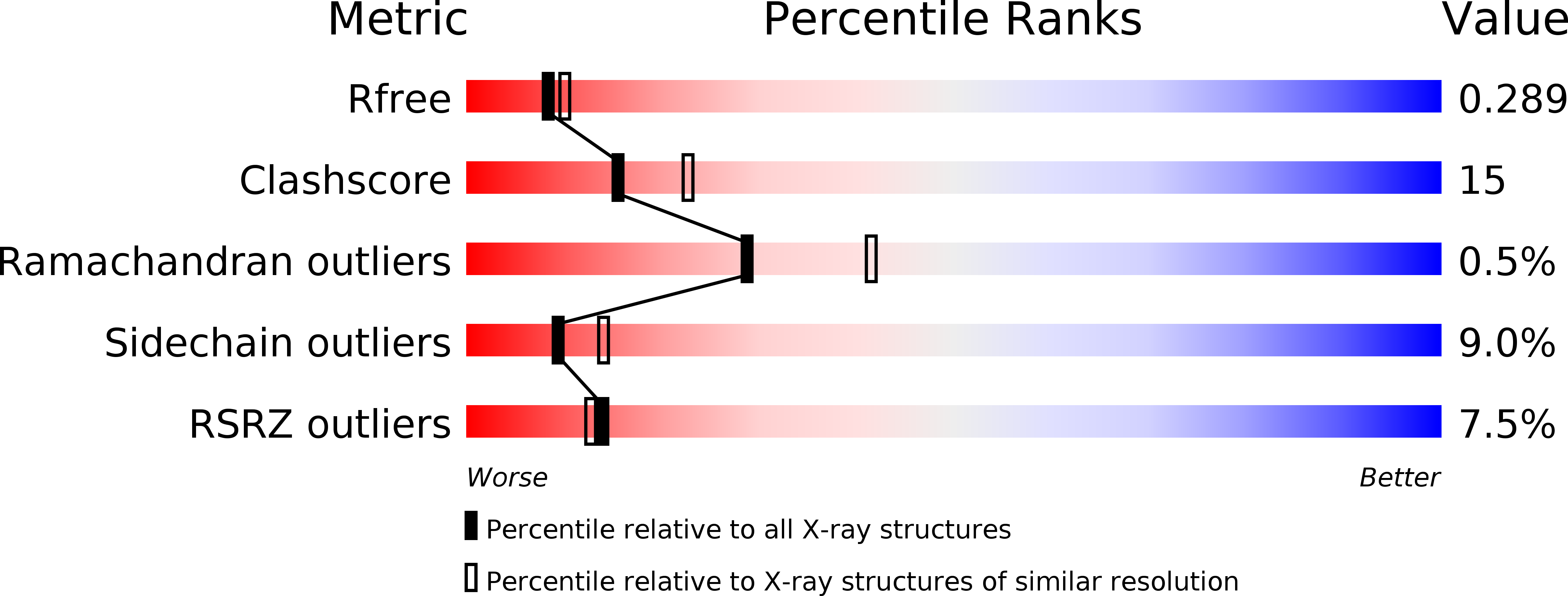
Deposition Date
1999-02-09
Release Date
2000-11-17
Last Version Date
2024-11-13
Entry Detail
PDB ID:
1B9C
Keywords:
Title:
Green Fluorescent Protein Mutant F99S, M153T and V163A
Biological Source:
Source Organism:
Aequorea victoria (Taxon ID: 6100)
Host Organism:
Method Details:
Experimental Method:
Resolution:
2.40 Å
R-Value Free:
0.28
R-Value Work:
0.20
R-Value Observed:
0.20
Space Group:
P 21 21 21


